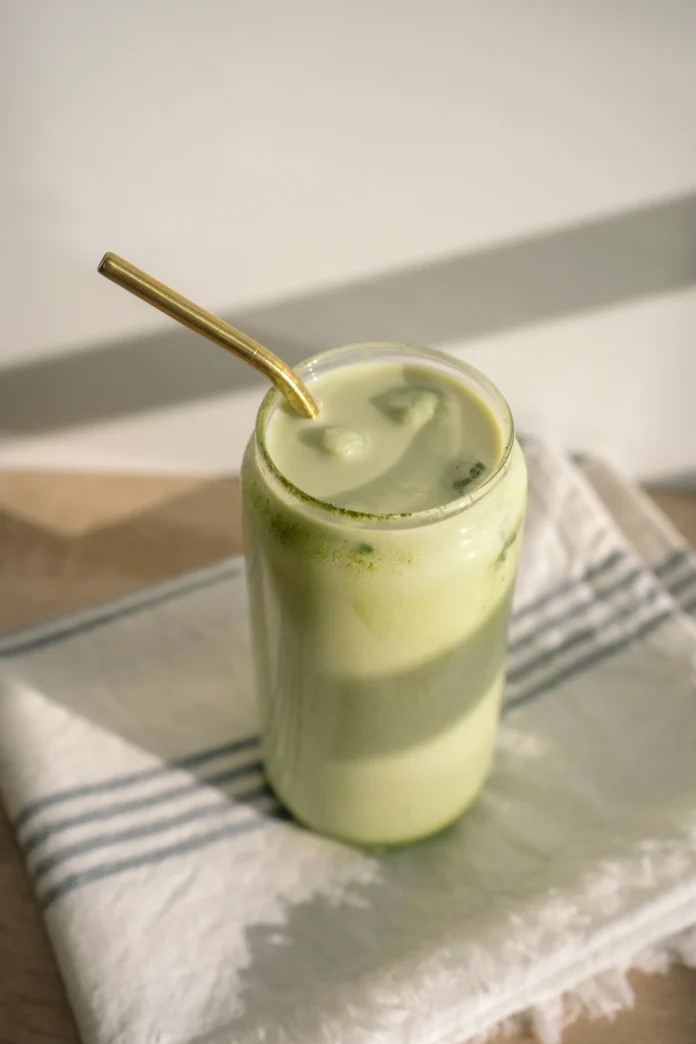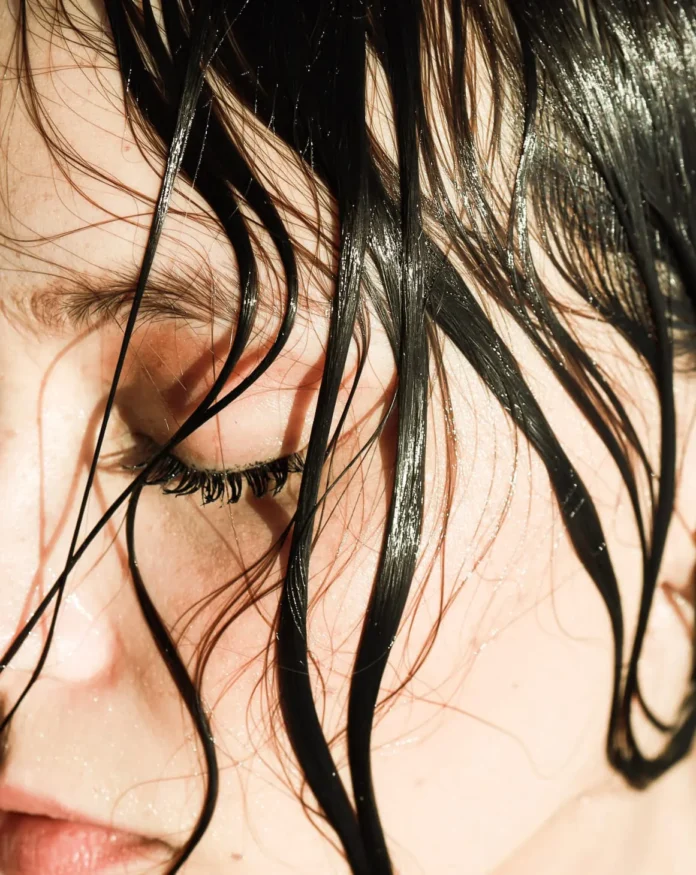Move over coffee—matcha is having a moment. Dubbed the “Gen Z green juice,” this vibrant powdered tea has taken over social media feeds and morning routines alike. With sales skyrocketing over 200% in the past year alone, matcha’s moment in the spotlight isn’t fading anytime soon. From beautifully frothed lattes to wellness-boosting smoothies, matcha has quickly become a daily ritual for many.
But beyond its rich color and calming vibe, there’s more to matcha than meets the eye—including a few things your wellness vlogs may have left out. Most notably? The surprising way it can affect your iron levels.
As someone who once dealt with iron deficiency—and who now swears by matcha as a pescatarian—it’s a topic worth diving into. So, with the help of registered nutritionist Farzanah Nasser, let’s separate fact from fear when it comes to sipping your daily matcha.
So, What Is Matcha, Exactly?
At first glance, matcha might seem like just another trend. But it’s been part of Japanese culture for centuries and comes from the same plant as green tea: Camellia sinensis. The difference lies in the preparation.
“Matcha is made by grinding young green tea leaves into a fine powder,” explains Nasser. “These leaves are grown in the shade before harvesting, which boosts their chlorophyll content, giving matcha its signature deep green hue and nutrient density.”
This method doesn’t just enhance the flavor—it means you’re consuming the whole leaf, not just a steeped infusion. More leaf equals more benefits.
The Health Perks of Matcha
What gives matcha its superfood status? One word: polyphenols—specifically, EGCG (epigallocatechin gallate). This plant compound is a potent antioxidant known for its calming effect on the nervous system and ability to reduce inflammation.
“Matcha helps boost good gut bacteria, such as Bifidobacterium, supports liver detoxification, and may even reduce ‘bad’ cholesterol,” says Nasser. Plus, unlike coffee, which can cause anxious jitters, matcha provides a more gentle energy lift thanks to its unique combination of caffeine and L-theanine, which promotes relaxation without drowsiness.
In short, matcha offers mood support, cognitive perks, and even anti-aging benefits—all wrapped into one frothy, earthy drink.
But Wait—Can Matcha Mess With Your Iron?
Here’s the twist: Yes, matcha can interfere with iron absorption. For those with plant-based diets or known deficiencies, that’s something to consider.
“Matcha contains tannins and catechins, which can bind to non-heme iron—the form of iron found in plant-based foods,” Nasser explains. “This can inhibit your body’s ability to absorb iron from meals.”
But before you toss your whisk and walk away, don’t worry: this doesn’t mean matcha is off-limits for anyone managing their iron intake.
How to Drink Matcha Without Risking Your Iron Levels
If you’re prone to low iron or simply want to be proactive, the good news is that you can still enjoy matcha—you just need to be strategic about it.
“The key is timing and pairing,” says Nasser. “Try drinking matcha between meals instead of during, especially if your meal is rich in iron from plant sources. Also, add vitamin C-rich foods like oranges, bell peppers, or strawberries to meals to enhance iron absorption.”
In fact, this is exactly why many iron supplements include vitamin C—it increases the body’s ability to use the iron you consume.
Beyond the Cup: Other Ways to Enjoy Matcha
Don’t feel limited to lattes. Matcha is incredibly versatile in the kitchen, and incorporating it into your food can be both fun and nutritious.
“I love adding matcha to yogurt, granola, muffins, and even cakes,” Nasser shares. When used in moderation, it can give your dishes a vibrant color, a gentle caffeine kick, and antioxidant benefits—all without disrupting your iron intake as significantly as drinking it with meals might.
Can You Have Too Much Matcha?
As with most things in life, more isn’t always better. Matcha still contains caffeine—around 70mg per teaspoon—so consuming several servings a day could affect your sleep or leave you feeling wired.
“Stick to one to two servings a day and always opt for ceremonial-grade, organic matcha,” Nasser advises. Higher-quality matcha means better taste, fewer contaminants, and more of those prized antioxidants.










